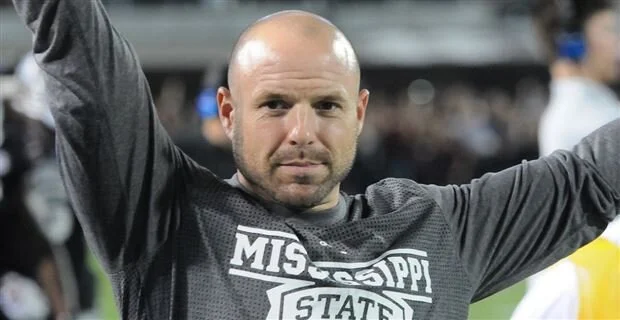Directional leader
This style doesn't get much press, but it is exceedingly important. The directional leader has the uncanny, God-given ability to choose the right path at those critical intersections where an organization starts asking hard questions: "Is it time for a wholesale change or should we stay the course? Do we focus on growth or consolidation? Should we start new ministries or deepen and improve existing ones? Should we add facilities or relocate? Is it time for some fresh staff, or do we dance with those who brought us here?"
These are directional issues, and they are capable of immobilizing an organization. But a leader with a directional style is able to sort the options. He or she can carefully assess the values, mission, strengths, weaknesses, resources, personnel, and openness to change of an organization—then, with remarkable wisdom, point that organization in the right direction.
Wrong calls at these key intersections can wreck organizations. Shortly after Solomon's death, his son Rehoboam became king. His first critical intersection came almost immediately: a representative group of the people asked for their workloads to be reduced. Solomon had worked people to the point of despair. Rehoboam had to make a directional call. The older counselors said, "You'd better ease up on them." The younger counselors said, "Just load them up." He made the wrong call at that intersection, and it wrecked the kingdom.
When Willow Creek is at such a crossroads, I will not move in the direction I believe God is calling us without the green light from two board members who are strong in directional leadership. Whenever we've followed their lead, we've made good decisions. Whenever we've ignored their advice, we've paid a high price.
Finding Your Leadership Style
Ten different ways to lead God's people.
by Bill Hybels



